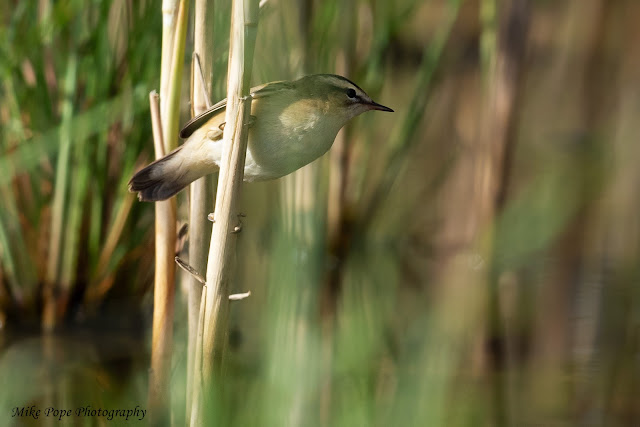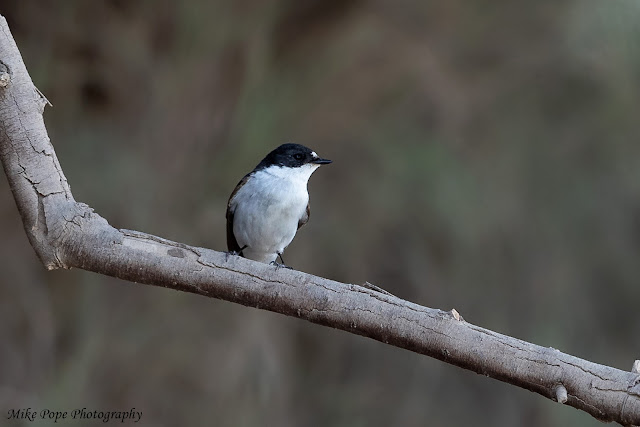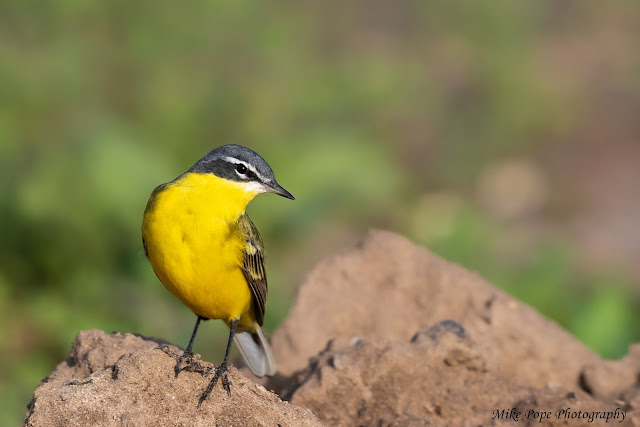The partial lockdown is still pretty surreal and it is not going to be eased any time soon. I had another quick fire 2-hour visit to the farm, arriving before 6:30. In the time of the lockdown, there are not many options for birding, as JPR is closed and Abraq is too long a drive (unless on the weekends)
Not far from the gate, I had an obliging and good looking male Ehrenberg's Redstart. He used these sticks to check out for food below and was soon successful catching what looks like a small Wolf Spider
 |
| Male Ehrenberg's Redstart (Phoenicurus p. sammamisicus) |
In an open area, Collared Pratincole's had roosted overnight and were feeding on the small and slow moving Darkling Beetle's
 |
| Collared Pratincole (Glareola pratincola) |
And not far off, a flock of Barn Swallows were also roosting on the ground, although this one had found a small dead twig to perch on.
 |
| Barn Swallow (Hirundo rustica) |
In the same area, I had both male and female Pied Wheatear
 |
| Male Pied Wheatear (Oenanthe pleschanka) |
 |
| Female Pied Wheatear (Oenanthe pleschanka) |
A section on the farm has some young Palms and this area was quite busy. My first Rufous-tailed Scrub Robin for the spring and amongst the yellow flowers that are showing all over the farm
 |
| Rufous-tailed Scrub Robin (Cercotrichas galactotes) |
There were a number of Turkestan Shrikes hunting in this area, a younger karelini
 |
| Turkestan Shrike (Lanius p. karelini) |
and an adult which to me is pretty striking, with it's grey cap and upperparts
 |
| Turkestan Shrike (Lanius p. karelini) |
A Rufous-tailed Rock Thrush popped up and perched on a distant Palm
 |
| Female Rufous-tailed Rock Thrush (Monticola saxatilis) |
Along the edges of one of the pivot fields, another Wheatear species; this time a female and later a male Northern Wheatear
 |
| Female Northern Wheatear (Oenanthe oenanthe) |
 |
| Male Northern Wheatear (Oenanthe oenanthe) |
Along the road, a female Eastern Black-eared didn't hang around for too long
 |
| Female Eastern Black-eared Wheatear (Oenanthe h. melanoleuca) |
Driving to the marsh, my first Whinchat for this spring
 |
| Female Whinchat (Saxicola rubetra) |
Whilst at the marsh, a distant and still skittish Glossy Ibis was still present
 |
| Glossy Ibis (Plegadis falcinellus) |
There are still fair numbers of Black Kite that roost on the Pivot irrigation
 |
| Black Kite (Milvus migrans) |
The Marsh Harrier regularly passes over the marsh, putting up everything below
 |
| Female Western Marsh Harrier (Circus aeruginosus) |
A Pallid Harrier caught me by surprise as it flew right over my head - these taken into the sun
 |
| Female Pallid Harrier (Circus macrourus) |
The fulvescens Spotted Eagle passed by closer than normal
 |
| Greater Spotted Eagle (Aquila c. fulvescens) |
Whilst higher above it, a Eurasian Sparrowhawk was trying to gain height after which I left and was back home by 8:30
 |
| Female Eurasian Sparrowhawk (Accipiter nisus) |












































































